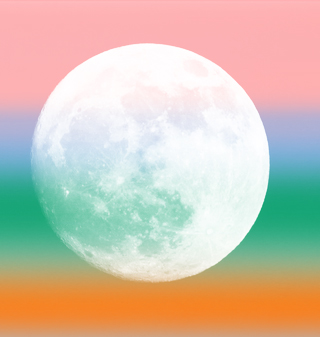Makar Sankranti
Makar Sankranti is a Hindu festival that is celebrated every year on the 14th of January in the Gregorian calendar. Also known as Uttarayan, it marks the transition of the sun from the zodiac sign of Sagittarius (Dhanu) to the zodiac sign of Capricorn (Makara).
Mahashivratri
Mahashivratri is a Hindu festival that is celebrated every year on the 14th day of the lunar month of Falgun, which falls in February or March in the Gregorian calendar. It is dedicated to the worship of Lord Shiva, one of the most important deities in Hinduism.
Lohri
Lohri is a popular festival in the northern Indian states of Punjab and Haryana, as well as in parts of Himachal Pradesh and Delhi. It is typically celebrated on the 13th of January in the Gregorian calendar, and it marks the end of the winter season.
Guru Vandana
Gu = Darkness. Ru = Remover. Guru gives us the path from darkness to light. Guru embodies the trinity of Gods.
Karva Chauth : How to Perform Fast and Karwachauth Katha

Karva Chauth is a Hindu festival that is primarily observed by married women in the northern and western parts of India. It is typically celebrated on the fourth day of the lunar month of Kartik, which falls in October or November in the Gregorian calendar.
Guru Purnima
Guru creates a path for us to achieve the ultimate truth – Brahma (ब्रह्म). Gu means darkness. Ru means the remover. Guru Purnima is celebrated on full moon day (पूर्णिमा) of the Ashadha month. It is the birthday of Ved Vyasa. Ved Vyasa was the author of Mahabharata and Puranas.
Kamada Ekadashi
Kamada Ekadasi, a religious occasion of Hindu dharma, falls on the 11th day of the Shukla paksha in the Hindu month of Chaitra (March–April). It is the first Ekadashi of the Hindu calendar.
Gayatri Mantra
The Gayatri is a universal prayer enshrined in the Vedas. It is addressed to the Immanent and Transcendent Divine which has been given the name ‘Savita,’ meaning ‘that from which all this is born.’
Kajari Teej
Kajari Teej is a Hindu festival that is celebrated by women in the northern and western regions of India. It is typically celebrated in the month of Bhadrapada, which falls in August or September according to the Gregorian calendar.
Gayatri Chalisa
40 verses describing the qualities of the Goddess Gayatri.
Ganpati Vandna
Lord Ganpati or Lord Ganesh – remover of all obstacles.
Ganpati Atharvashirsha
Ganapati Atharvashirsha is a Vedic prayer dedicated to Parvati’s son. It is believed that by reciting Atharvashirsha of Lord Ganesha daily, the evils of home and life go away.
Ganga Stotram
Authored by Adi Shankaracharya praising many qualities of River Ganga.
Ganesh Chalisa
Ganesh Chalisa is a Hindu hymn addressed to Lord Ganesh. Literally it is forty Chaupais on Lord Ganesh.
Janamashtami
Birthday of Lord Krushna, Janmashtmi is one of the most popular holidays celebrated by people of all ages.
Ek Shloki Ramayan
Ramayan is considered one of the two greatest epics in Hindu mythology. Can you believe that an epic of that size is summarized in a single shlok (verse)?
Holi
Holi is a Hindu festival that is celebrated every year in March or April, depending on the lunar calendar. It is a festival of spring and is marked by the celebration of colors, love, and joy.
Hariyali Teej
Hariyali Teej is a Hindu festival that is celebrated by women in the northern and western regions of India. It is typically celebrated in the month of Sawan, which falls in July or August according to the Gregorian calendar.
Maha Mrityunjaya Mantra
The Mahamrityunjaya Mantra, also known as the Rudra Mantra or Tryambakam Mantra, is a powerful Sanskrit mantra from the Rigved. It is addressed to Lord Shiv and is believed to have the power to overcome death and bring healing and protection. Hindus believe the mantra is beneficial for mental, emotional, and physical health and consider […]
Gudi Padwa
Gudi Padwa is a new year day for people of the Maharastra and the Konkan region. It is often called Samvatsar Padvo, and is observed on the first day of Chaitra month.
Govardhan Pooja
Govardhan Pooja, also known as Annakut Pooja, is a Hindu festival celebrated in India and Nepal. It is observed on the fourth day of the festival of Diwali, which falls on the Hindu lunar month of Kartik.